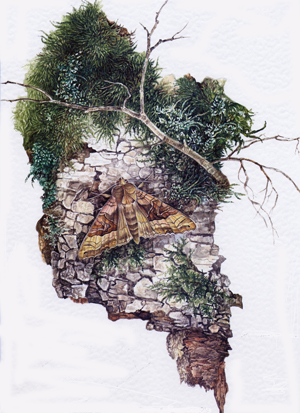
Plants are also different from animals by generally responding to external stimuli very slowly and the responses often take a matter of days and only occur when the stimuli are continued for long periods of time.
Plants are necessary for the continuation of life on Earth and they are an essential part of the food chain, supplying energy and oxygen for the higher, more complex forms of life.
Not all of the plants produce their nutrition by photosynthesis because some are parasites on other plants, and a few of them are carnivorous in that they specialize in capturing and digesting insects.
2. Vegetation that covers the earth and determines the appearances of the landscapes: There are divisions that are caused by the tendency of certain communities of plants to be unified in groups.Of all of the factors that affect land plants, the most important is water, the abundance and availability of which is again influenced by the structure of the soil.
Plants store food in the form of starch; and their cell walls are made mostly of cellulose.
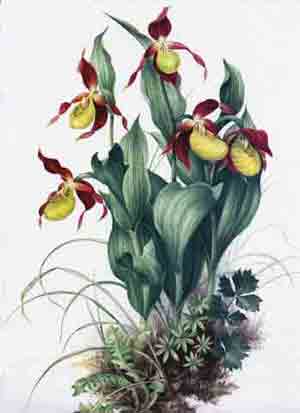
Although plants can't run away, some of them can defend themselves by secreting bitter substances which give off an unpleasant taste to their leaves and fruit; others defend themselves with acids and poisons, with nauseating milky fluids, that have stinging hairs, prickles, thorns, and crystal needles.
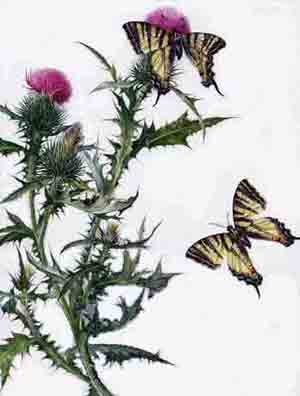
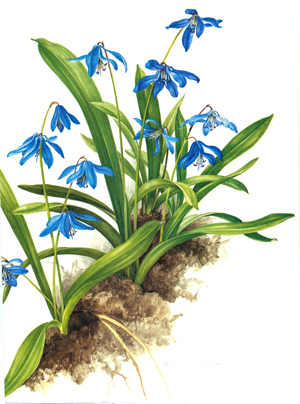
Scientists have estimated that there are 400,000 species of plants, with Columbia, Ecuador, and Peru having more plant species than any other country in the world.
3. A place where industrial or manufacturing processes take place: Machinery is used in plants that make cars and other vehicles.The meaning of this English noun plant is not known; however, it apparently developed after the classical Latin period and is linked with the action of pressing on a shovel, or some other tool, with the "sole of the foot" in order to work the soil for planting.
The Latin
5. A person who has been placed in a group as a spy or an informer by another organization: Helena's cousin became a plant in an opposing political organization and, as such, she was able to record a video of a statement made by the candidate which was used against him in a political debate.
6. Etymology: from Old English plante, "young tree or shrub, herb newly planted"; from Latin planta, "sprout, shoot, cutting"; perhaps originally from plantare, "to drive in with the feet, to push into the ground with the feet"; from planta, "sole of the foot".
2. To place seeds or undeveloped foliage in the soil to produce crops: Farmers around the world are planting various kinds of food products so the rest of the world can be nourished and live better.
3. To establish an idea, etc. in a person's mind: The politician was planting seeds of doubt about his political opposition during a speech that was being broadcast on the radio.
4. To hide an explosive that is set to go off later: Fortunately, the police were able to arrest the terrorist before he could set off the bomb that he had planted in a car that was parked in the city.
5. To secretly place or conceal something among people's possessions in order to suggest that they are guilty of a crime: Greg planted some stolen goods in Shanna's unlocked car while she was returning a grocery cart so he could get some money as a bribe from her to keep him from telling the police.
6. To send someone to join a group or an organization to act as a spy or an informer: Mary found out that James, one of her coworkers, was an agent who had been planted in her administrator's office staff by a rival company.

2. Certain kinds of greenery that have adapted to living in or on water environments: The aquatic plants along the side of the river appeared to be water hyacinths.
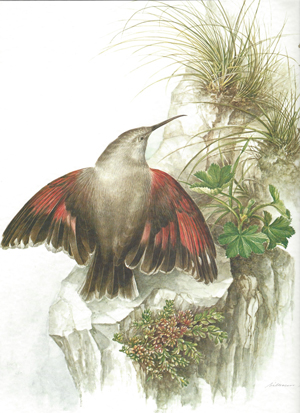
This "plant" reference is apparently linked to the action of pressing on a shovel, or some other tool, with the "sole of the foot" in order to work the soil for planting.
Like other related "plant" references, this entry is apparently linked to the action of pressing on a shovel, or some other apparatus, with the "sole of the foot" in order to work the soil for the development of plants.
Poisonous plants grow as vines or bushes, and the leaves have three leaflets (poison ivy, poison oak) or a row of paired leaflets (poison sumac).
A poisonous plant can cause itching, burning, and blistering at the places of the skin where contact has occurred and in some people these skin reactions can be extremely severe and very uncomfortable.
The poisonous plants that are very dangerous to eat include foxglove, aconite, hemlock, laburnum seeds, and many types of berries, including the berries of deadly nightshade and holly.
The seriousness of the symptoms of poisonous plants are different depending on the plant and may include abdominal pain, vomiting, excitement, breathing difficulties, delirium, and even coma.
Children should be taught not to sample any berries of potentially poisonous plants or any kind of wild plants.
More about poisonous plants
There are hundreds of different poisonous plants including many household plants and flowers; a few of which are described here.
- Poison ivy occurs throughout the United States growing as a bush or a vine where each leaf consists of three shiny leaflets. When anyone comes in contact with these plants, an oily substance from the surface of the plant causes irritation on the skin that can be very severe and spread even more when the skin is scratched.
- Nightshade, also called belladonna, is about three feet high, with shiny black berries. Eating even a small part of a seed can result in symptoms; such as, a rash, blurred vision, difficulty in swallowing, confusion, and a coma.
- The foxglove, which has purplish pink flowers, is a source of the heart drug digitalis; however, eating the plant irritates the mouth and causes abdominal pain, diarrhea, and a disturbance of the heart beat.
As with other related "plant" references, this entry is believed to be linked to the action of pressing on a shovel, or some other planting device, with the "sole of the foot" in order to work the soil for planting.
